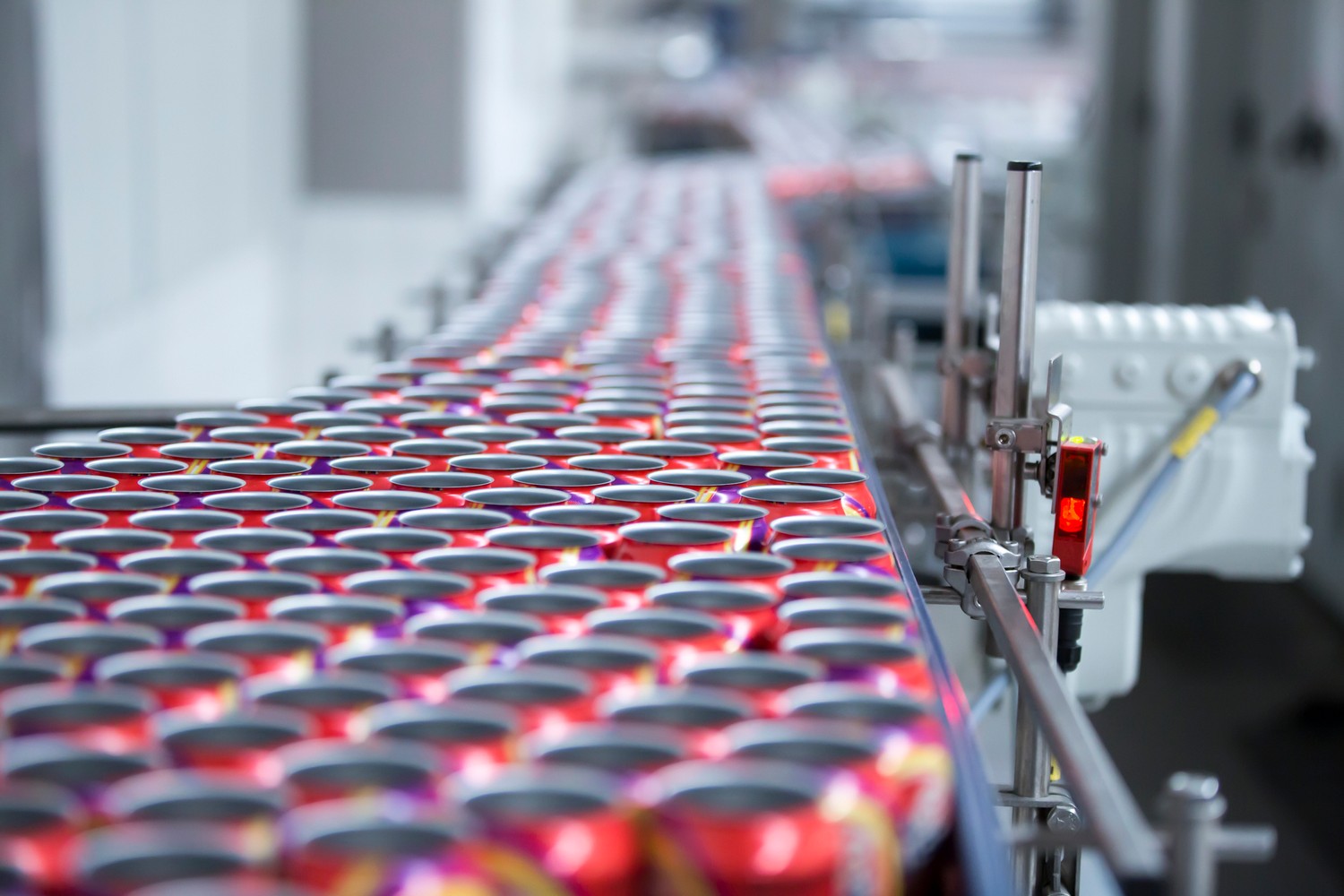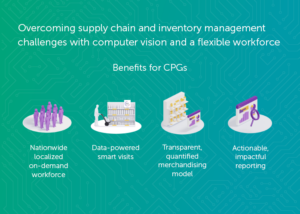Home / Insights /
COVID-19 led to supply-chain and inventory management difficulties for brands and retailers alike. While some brands and retailers struggled to cope, others embraced technology and innovative services to overcome the challenges.
Supply-chain and inventory management in a state of flux
Reduced production capacity was one outcome of COVID-induced restrictions such as social distancing requirements in workplaces. In addition, it took time for some manufacturers to reoptimize production to meet changed supply and demand patterns. Other issues included labor shortages due to limits on movement, and material shortages caused by various upstream problems, such as a shortage of aluminum cans as soft drink consumption moved from restaurants to the home. At the same time, retailers were under pressure due to restrictions on the number of employees permitted in stores to allow for as many customers as possible within the enforced limits for the premises.

Change to be specifically about restrictions on retailers and brands- from social distancing slowing down production lines for CPGs, having to pivot categories to meet demand, limits to number of store staff or field sales teams.
Meanwhile, inventory management systems struggled to accommodate major swings in demand as consumption of various products shifted from the workplace and hospitality venues to people’s homes, and buying behaviors changed. For instance, dining out was replaced by takeaways, restaurant delivery services and home cooking (with the ingredients largely purchased at retail). Also, families stockpiled essentials like toilet paper and then didn’t buy any again for weeks or even months while they ran down those stocks.
This change in behavior contributed to a 14% increase in CPG spending between 2019-20 and 2020-21. And Americans aren’t rushing back to restaurants: 59% of people said they had not dined in a restaurant in February 2021, compared with 36% in November 2020. And seven in 10 consumers say they intend to stick with their renewed level of cooking at home.
While sales of some supermarket categories spiked then settled back, demand has remained high for convenience items including frozen pizza, pasta, and canned soups and vegetables. Some categories have suffered falling sales, including soda, nutrition bars, and gum and breath mints.
Acceleration of existing trends led to new cost considerations
Some existing consumer habits such as BOPIS (buy online, pick-up in store) and e-commerce adoption saw major upswings over the last year. As people followed social distancing recommendations, they began to shop from home rather than in-store. Observers like McKinsey and others suggested this growth would have occurred over years instead of months if not for the pandemic.
Online orders, whether fulfilled through home delivery or BOPIS, represent additional costs to retailers in the form of the labor needed to pick and pack orders, plus the cost of delivery. And the competitive market situation means they cannot pass on these costs to customers.
Home delivery and BOPIS are clearly here to stay. According to a Shopkick survey, 55% of shoppers use BOPIS and expect to continue using it after the pandemic, so retailers need to address the cost of providing those services. One way to do this is by speeding up order picking.

In-store order picking slows down when products are out-of-stock (OOS). The pickers first need to check the stockroom, and if the item is truly unavailable, they must select a substitute, all of which takes time.
When store workers pick orders, it leads to delays in stocking shelves. Store staff may also take longer to realize that there aren’t any stocks in the backroom either. This causes dissatisfaction among both in-store shoppers who can’t find the product on the shelf, and online shoppers who may “see” the item on the retailer’s website, but find at checkout — or worse, on delivery — that this is not the case.
Whatever the cause, incorrect inventory figures make it difficult (if not impossible) to maintain the required stock levels.
Some brands dispatch their own merchandisers to address OOS and other issues in selected stores, but in order to reach lower-volume and remote outlets, they typically rely on agency and broker reps. However, there is a quicker, more efficient way to address both on-shelf availability (OSA) and manpower challenges.
Applying Computer Vision to shelf stock monitoring allows more frequent checks at lower cost than manual inspections.

Trax Dynamic Merchandising
Trax Dynamic Merchandising (DMX) combines Trax’s Computer Vision and machine learning technology with its Flexforce on-demand workforce.
Brands benefit from the way Computer Vision technology frees up field staff from carrying out manual shelf checks, giving them more time for value-adding activities.
DMX takes into account brands’ own priorities and plans, so the most important merchandising tasks are promptly carried out at the highest-priority stores. The state of the shelf is captured at the start of each visit so that task prioritization occurs based on current data rather than outdated information.
In addition to routine tasks such as repacking shelves, DMX provides services such as shelf resets, building promotional displays, selling-in additional products, secondary placements, product sampling, mystery shopping, and even pick-and-pack for delivery or pickup.
This approach lowers costs for brands, as they only pay for the amount of Flexforce time they actually use, and the real-time, targeted decisions to ensure the right tasks are done ensure a positive return on investment for every visit.
DMX provides broad geographical coverage and allows merchandising tasks to be carried out in smaller outlets — such as convenience stores — where it is not financially viable to send a brand’s own staff.
Using Flexforce also reduces turnaround times for projects. In one case, Flexforce staff visited more than 3,700 stores around the New York City metro area within 72 hours of signing a contract for DMX.
For brands that want to use their own staff with Flexforce, Trax also offers integration with workforce and retail execution systems to reduce administrative overheads while ensuring consistency.
With or without the pandemic, demand patterns will always keep changing. Retailers and brands need an accurate view of what’s on the shelf in order to adapt promptly to these changes, and Trax Dynamic Merchandising Powered by Flexforce provides that shelf truth and a means to act quickly when needed.
Read the Trax whitepaper Rethinking retail execution: Restructuring the retail workforce for flexibility, adaptability and manageable costs to learn more about how brands can respond to changing consumer behavior while keeping costs under control.
Give us some info so the right person can get back to you.